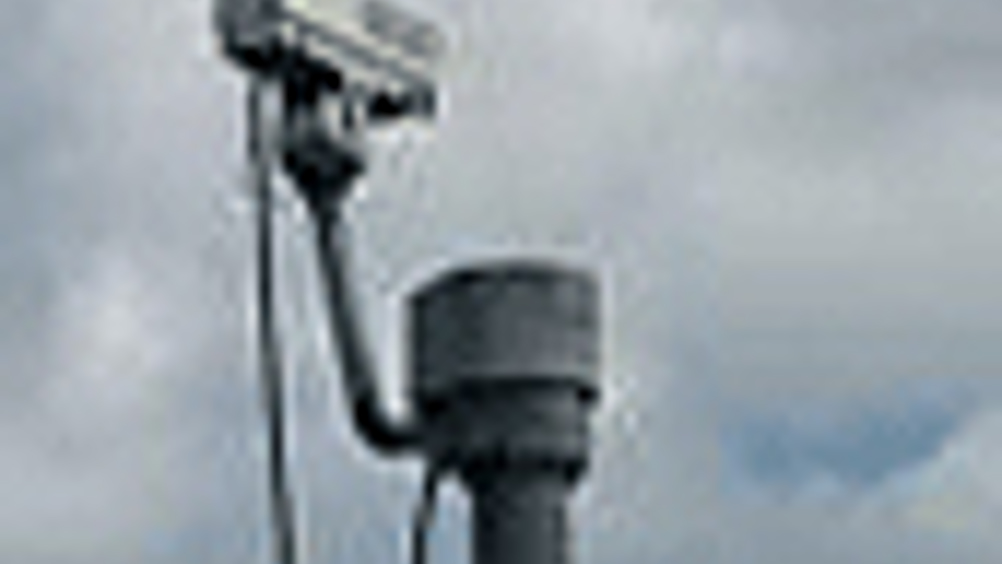Getting the picture

A surveillance system based on artificial intelligence promises to give clear, unequivocal pictures of those caught on CCTV committing crimes. The system, developed at the
CCTV images seen on television often appear fuzzy or blurred because they are captured on video. ‘Take a CCTV camera that costs £20,000,’ said Dr David Brown from the university’s
When prosecutors present CCTV footage in court they are usually working off a small number of images that mitigate against the defendant or defendants. These single frames are found in the miles of tape police have at their disposal.
The images are usually of poor quality and have to be enhanced using interpolation, a mathematical method of creating missing data. An image can be increased from 100 to 200 pixels through interpolation. While there are many methods of interpolation — one simple way is to generate a new pixel by using the average of the value of the two pixels on either side of the one to be created.
Register now to continue reading
Thanks for visiting The Engineer. You’ve now reached your monthly limit of news stories. Register for free to unlock unlimited access to all of our news coverage, as well as premium content including opinion, in-depth features and special reports.
Benefits of registering
-
In-depth insights and coverage of key emerging trends
-
Unrestricted access to special reports throughout the year
-
Daily technology news delivered straight to your inbox










CCC Report Finds UK Climate Targets Still Within Reach
In 1990 67% of the UK´s electricity came from coal-fired power stations and even without renewables the transition to gas was a major contributor to...